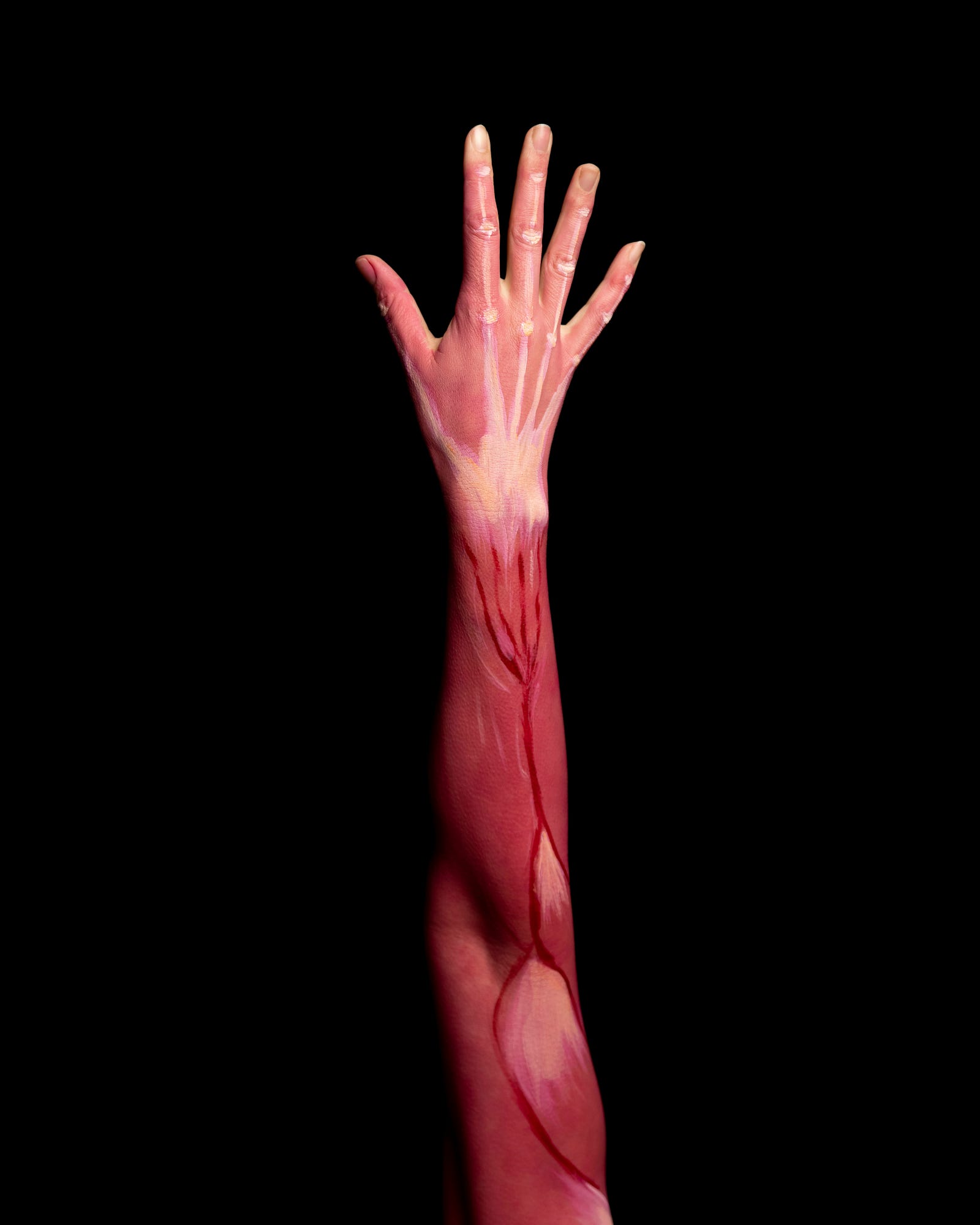A RECENT STUDY CHALLENGES CONVENTIONAL WISDOM and reveals that women may achieve greater health benefits from exercise with less effort than men.
I am always interested in studies on how physical movement can advance health.
Did you know that there are sexual differences when it comes to reaping the benefits of exercise?
Dr. Susan Cheng, senior study author and director of the Institute for Research on Healthy Aging at Cedars-Sinai, emphasizes this:
Women require less exercise time to reap equivalent benefits as men in terms of reducing the risk of premature death.

In essence, a new study suggests that women may have more to gain from their exercise routines, sparking a reevaluation of gender-specific considerations in fitness and well-being.
Context
Researchers at the Institute for Research on Healthy Aging at Cedars-Sinai (U.S.) conducted the study. They were interested in exploring the relationship between exercise and mortality risk in men and women.
This study is part of a larger body of research on exercise and health, showing that regular physical activity can reduce the risk of various health problems, including heart disease, stroke, cancer, memory loss, and bone loss.
Study
For this study, researchers looked at more than 400,000 adults aged 27 to 61 in the United States.
These participants regularly reported their exercise habits in surveys conducted by the National Center for Health Statistics between 1997 and 2019.

To see the impact of their physical activity, the researchers then checked the National Death Index records for the two years after each survey.
They wanted to find out if any of the participants had passed away and, if so, what the causes of their deaths were.
During this period, nearly 40,000 people from the survey group passed away.
The study highlighted that out of these deaths, 11,670 were specifically related to cardiovascular issues.
Results
All-cause mortality

During this period, women who exercised at least 150 minutes per week were 24 percent less likely to pass away from any cause than women who exercised less.
For men, the data indicated a 15 percent lower likelihood of death if they met the same 150-minute weekly exercise threshold.
Heart health
Regarding heart health, women who exercised also showed a significant advantage.
They were 36 percent less likely to experience a heart attack, stroke, or other cardiovascular events, while men who exercised had a 14 percent reduced risk of such events.
Other results
Surprisingly, to get the most health benefits from exercise, men had to work out for about 300 minutes a week with activities that made them breathe harder.

This level of exercise significantly lowered their risk of dying. Conversely, women enjoyed the same advantages with just 140 minutes of weekly exercise.
Even better, the more women exercised, up to 300 minutes a week, the more their risk of health issues kept going down. So, for women, even a little exercise can go a long way in staying healthy.
Why? Exercise, Men and Women
There’s a noticeable difference in the benefits of exercise for men and women because, on average, women tend to exercise less often than men.
When women do engage in physical activity, it has a more significant impact on their health.
Women exercising may experience more pronounced positive effects due to exercising less frequently on average.

Other potential reasons
Another important factor to consider is the physical differences between men and women.
Several studies have found that when women engage in exercise, they often experience quicker and more significant improvements in muscle strength compared to men.
Women tend to possess a greater proportion of Type I oxidative muscle fibers.

These fibers are well-suited for cardiovascular endurance.
The higher prevalence of these muscle fibers in women may contribute to enhanced exercise capacity and metabolic function, leading to a more significant reduction in mortality risk associated with physical activity.
In simpler terms, women tend to see faster and bigger gains in strength when they work out.
My take – Exercise, Men and Women
This study looked at people’s exercise habits and the risk of death, but it’s important to understand that it can only show a connection between exercise and a lower risk of death.
The researchers can’t say that exercising is causing the reduced risk.
They considered different types of exercise, including aerobic activities and muscle strengthening at various intensity levels.
The findings from this study appear reliable and contribute to a growing body of evidence showing that men and women may have different outcomes with exercise.
Tips for incorporating exercise into daily routines
- Take the stairs.
- Walk to the other end of the office rather than calling.
- Get up every hour and walk 75 steps.
- Reframe exercise as physical activity; virtually any movement counts.
- Start with small exercise amounts and add in more as you build endurance and strength.
Need more? Here’s what I previously wrote:
Exercise Snacks: 7 Tiny Workouts for Big Results
DO YOU FIND IT CHALLENGING TO SET ASIDE dedicated time for extensive exercise routines? Today, I want to explore…medium.com
Final thoughts – Exercise, Men and Women
The study results remind us how important regular physical activity is for our health and well-being.

As a physician, I prioritize physical activity as a treatment. In oncology, physical activity can reduce radiation therapy- or chemotherapy-induced generalized fatigue.
I bet if I offered you a pill that could cut your risk of heart disease, stroke, cancer, memory loss, bone loss, and improve mood, you would probably be quite interested.
What if moving could accomplish many of the same goals? Walk, dance, swim, or jog. Just move!
The study findings will stimulate me to walk more.
Thank you for reading “Exercise, Men and Women.”




